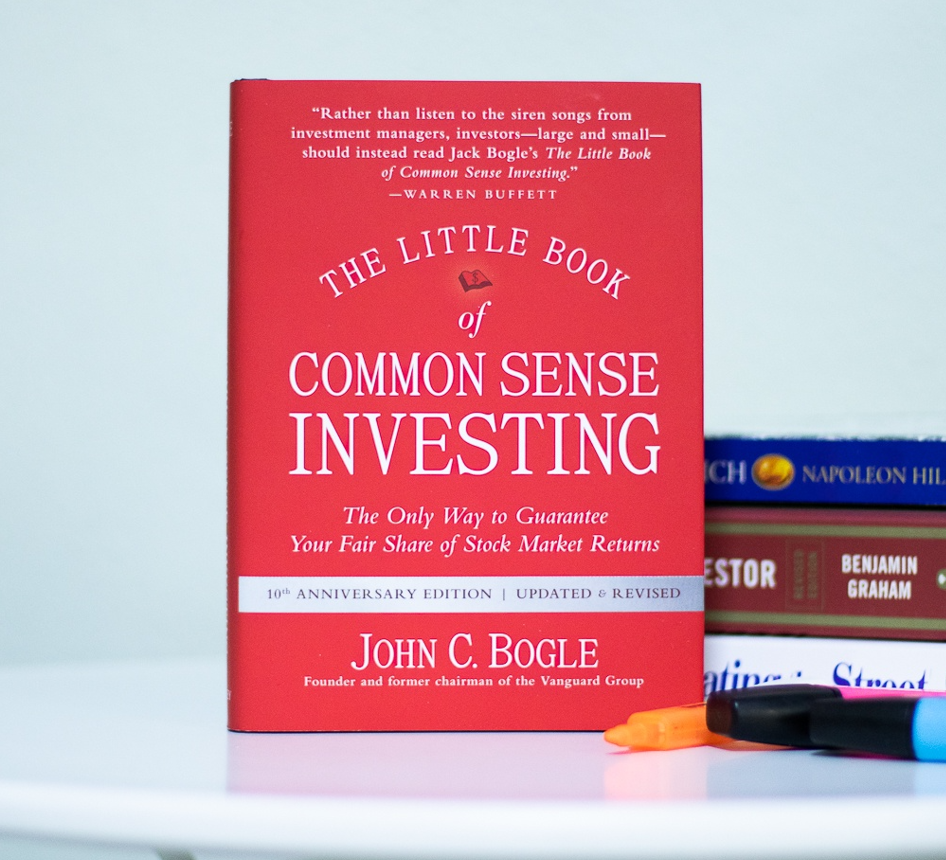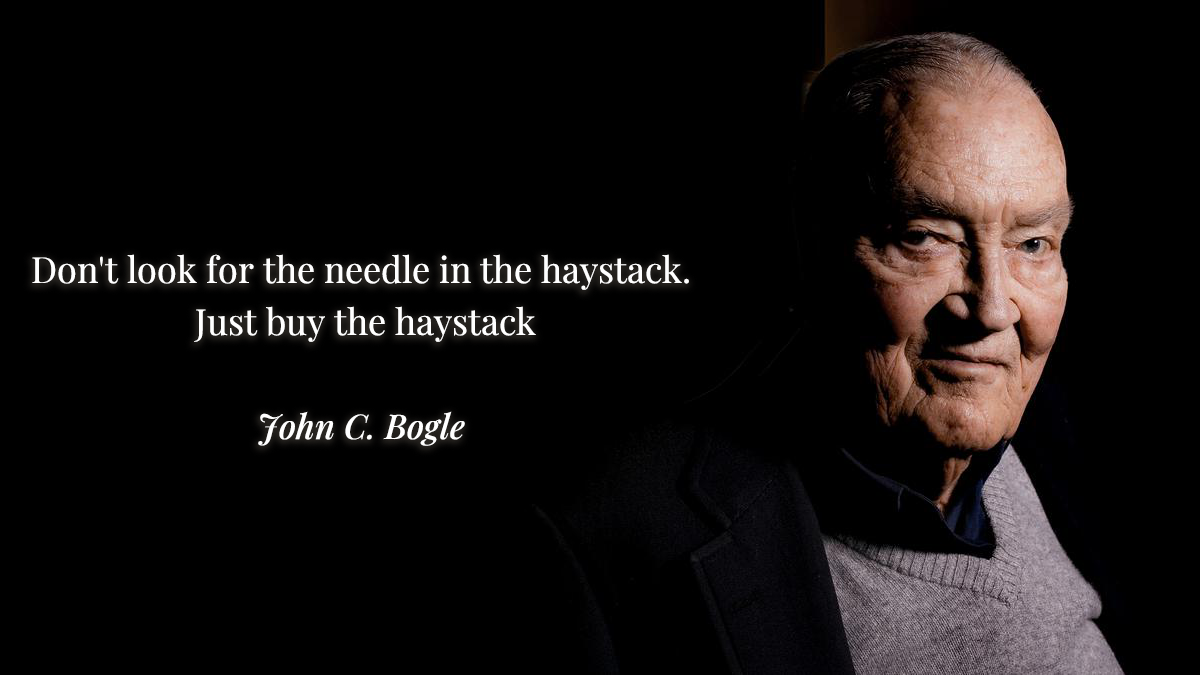It is quite tough to start investing, most of us struggle to find good quality content and the learning curve is steep. The Little Book of Common Sense Investing by John Bogle, also named as Jack Bogle, is one of the very first books I read after I decided to kick-off my investing journey. The book was originally published in 2007 and a second edition came out in 2017.
I can’t say how much I love and recommend The Little Book of Common Sense investing to new and experienced investors. Even though the first edition was released almost 20 years ago, John C. Bogle has introduced and popularized some of the most important concepts when it comes to investment : Index funds, dollar cost average, low fees management… . Let me share with you a summary of The Little Book of Common Sense Investing.
About John Bogle, the author
John Bogle is the founder of the Vanguard Group, his mutual fund is managing $8.1 trillion of assets in 2022. He is the creator and one of the main gurus of index investing, which enables investors to purchase mutual funds that track the largest capitalization. In a way, Bogle transformed the mutual fund industry. His objective was to make investing easier, promote low management fees and make a distinction between investment and speculation.
He published multiple books, including The Little Book of common sense investing which rapidly became a bestseller.
The greatest enemy of a good plan is the dream of a perfect plan.
John C. Bogle
The Little Book of Common Sense Investing summary

In summary, The Little Book of Common Sense Investing suggests to:
- Start investing early and let the compounding effect do the rest
- Diversification removes the risk of selecting bad managers and securities. Only the market risk persists
- Costs matters, double-check the fees as it significantly decreases the total return on the long term and try to minimize the effect of taxes.
- Don’t try to beat the market. Beating the market is difficult, even for the best, it might affect your result. The same applies for market timing.
- We know that we don’t know! No one can say how the world will look like tomorrow but with common sense and intelligent allocation we can have better preparation.
Investment portfolio recommended by John Bogle
In his book, John Bogle recommends a simple way to allocate our money. The vast majority, as you can guess, should go to an index fund, from 50 to 100%. This index should be focused on the U.S. market, which is still today the largest world capitalization. The reason behind this is that most of the businesses inside such funds are already partnered with overseas companies, and therefore, their growth is reflected in the index you own. In his latest version, Bogle comes back on his words and suggests to keep the largest portion of your portfolio tracking the U.S. market but to also have some exposure to the international market (all the companies except the ones in the U.S.).
If you are looking for thrills, here are John Bogle’s opinions on what he calls the funny money approaches:
- Individual stocks? Yes, you can pick a few but then keep a benchmark after 1 year, 5 years and 10 years to see how it is performing against the market.
- Actively managed mutual funds? Yes but choose the manager who invests for the long term, does proper benchmarking and keeps an eye on the costs.
- Exchange Traded Fund (ETF)? ETF are very popular these days, of course you can invest in an ETF tracking the classic index fund but think twice when it comes to the ETF for the industry sector.
- Commodity funds: No, the chances to be in a commodity bubble is low, you will always be attracted after they have inflated. Commodities don’t have fundamentals to support them (No earnings, dividend or interest payment). Recently, many countries of the world have seen a surge in electricity prices, but honestly, who could have predicted the events leading to this bubble?
To summarize, you have a couple of options for your funny money account but the vast majority (50 to 95%) should be in a classic index. Only dedicate a small amount to the assets mentioned previously but not a penny more than 5 percent.
Key takeaways of The Little Book of Common Sense Investing
Not only The Little Book of Common Sense investing gives recommendations on the assets to buy but it also exposes alternatives strategies that are judged worth trying. Your portfolio must be composed mainly of a U.S. index fund but you can find below acceptable variations:
- International market: As mentioned previously, international businesses are indirectly included in the profits of U.S. corporations and foreign stocks only represent 40% of the world’s market capitalization. However, with the recent change in our world, it sounds like a reasonable decision.
- Slice-and-dice: Hold a all-market fund, S&P500 or Russel 2000 and add some satellites with a value fund or a small cap fund.
- Hold a modest emerging market fund
- Bond strategy: This one really needs further research on your side as it depends on many personal criteria: age, liquidity preferences, tolerance for volatility etc … .
- Protection against inflation: You can buy inflation link bonds, which means that if the inflation rises, your return will increase. It also works the other way around too, if inflation decreases, your return will follow. This is especially good when inflation is about to strike and can make your portfolio more resilient.
Wrap-up
In this short article “The Little Book of Common Sense Investing sumary”, I tried to give you the key concepts of the Little Book of common sense investing by Jack Bogle. I can only recommend that you get a copy of this book to have access to all the information, details, charts and data. Even though many pages are about comparing mutual funds to index funds, and that Bogle was the owner of Vanguard, I found this book extremely useful. It will give you a quantity of ideas and strategies you can apply to improve your portfolio or start your journey with little time and effort. So far, among all the books I read, this one is definitely at the top of the list.
If you are looking for the best investing books, have a look to my shortlist here.
For more exclusive content on personal investment, super investors portfolio, books summary: follow me on Facebook and Twitter

